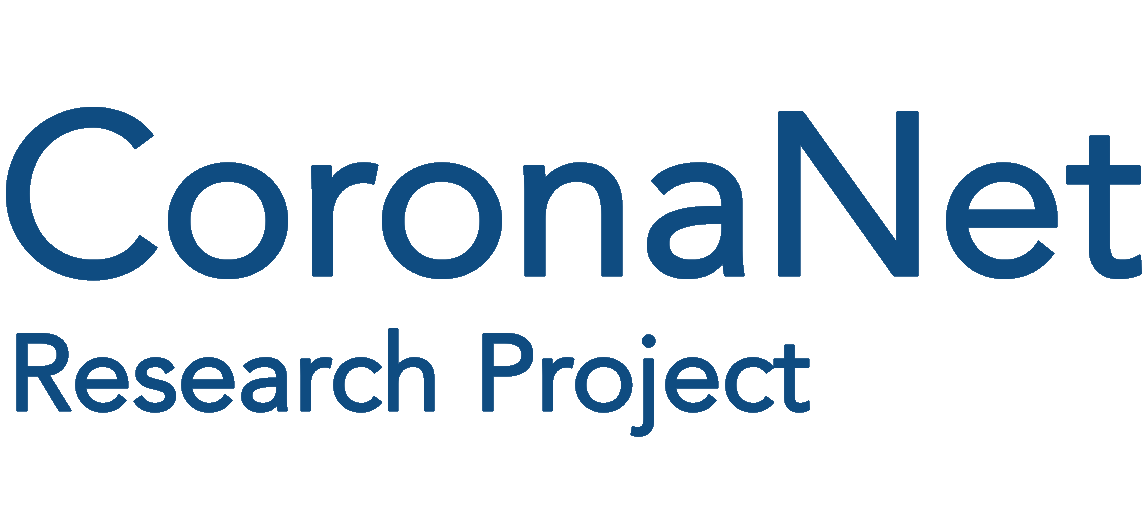

Data collection is ongoing and the policies documented so far reflect both the volume of policies that countries have implemented as well as our human resource capacity to document them. This document presents some data visualization for the CoronaNet research project. With well over 100 000 policies coded by a large team of research assistants since March 2020, we seek to showcase the productivity of our project and the evolution of the size of it since its conception
This large dataset of 120712 observations and 102 variables was constructed using a qualtrics survey that our research assistants use to record the policies enacted against COVID-19 that they have found. With such a large number of variables, we will take interest in a few of them here, most notably the type of the policy coded as well as the date the policy was recorded on, and the country a policy originates from. By doing so, we'll be able to visualize which policy types have had the most work put into them as well as potentially notice trends in productivity across the years of CoronaNet activity. This data covers the period from March 28th, 2020 to May 24th, 2022.
This graph shows the number of policies coded in CoronaNet per policy type. We can tell which policy categories have been the most active, with Restriction and Regulation of Businesses contributing to 19 637 policies out of 106 723, or about 18% of all policy types. This makes sense, as it may be the case that the high impact of COVID-19 on businesses lead to a high volatility in their permission to open or not, or their undergoing regulation, leading to a large number of policies enacted.
In this graph, we notice the monthly amount of policies coded in CoronaNet over the period spanning March 2020 to February 2022. Our month with the highest productivity was July 2021, with almost 10 000 policies coded that month alone. We notice a trend of productivity peaking in the summers, with July being the month with the second highest number of policies coded in 2020, and the first in 2021, as well as August and June showcasing high relative productivity. Additionally, we notice that, outside of the summer months, April has been a month with consistently high productivity, with it being the most productive month of 2020 and the third most productive month of 2021. Comparing 2020 and 2021 overall, it is clear that the project's productivity has greatly increased from one year to another.
We can also observe the project's daily productivity rate. Here, we notice that same trend of productivity being higher in 2021 than in 2020, although there was an exceptionally high number of policies coded on April 3rd 2020, with 909 of them on that day alone. There are many more occurences of high productibity day during 2021 than during 2020 however, especially during the summer months.
This graph shows us the cumulative amount of policies coded per month. As we see, and as we previously suspected, July is the most productive month, followed by April, with the other summer months following closely. October and March appear to be the least productive months.
With this graph, we see the cumulative daily amount of policies coded. The increase appears to be going at a similar rate for most of the project, with a slightly faster increase from October 2020 until October 2021, only for it to return to its previous rate afterwards.
This is an animated graph of the daily evolution of number of policies coded per policy type. As we see, Restriction and regulation of businesses has been the predominant source of policies since the early days of the project. We notice interestingly however that Social distancing policies increased very quickly in the August-September 2021 period.
This is an interactive map showing the number of policies coded for each country. Most countries have the same color due to the data being skewed by Russia representing about 20% of all policies coded, making countries a few hundred policies away from each other seem homogeneous. Due to the large range yet low spread, making this visualization a bit harder to interpret by eye alone, you can run your mouse over a country to see the number of policies coded. You may notice a particularly large number of policies in the following countries: Brazil, China, Canada, France, Germany, India, Italy, Japan, Kazakhstan, Nigeria, Russia, Spain, Switzerland, and the United States. This is due to our team working on coding subnational data for these countries, thus adding to their total policy count